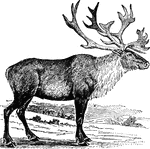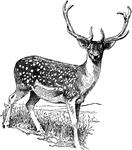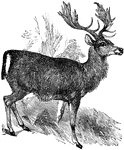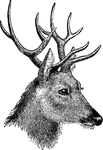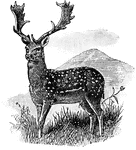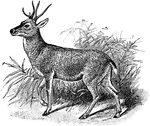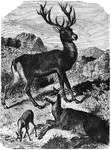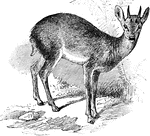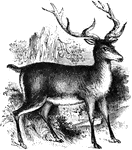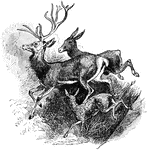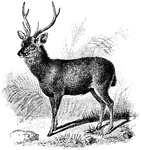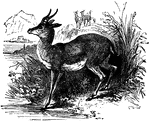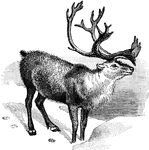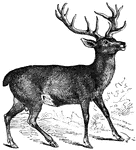Deer
The Deer ClipArt gallery includes 41 illustrations of caribou, common deer, fallow deer, germul deer, mule deer, ravine deer, red deer, sambur deer, tufted dear and reindeer.
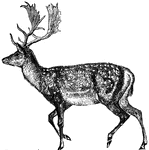
Deer
The fallow deer may easily be known from the stag by its smaller size and flat horns, and the white…
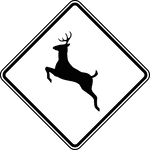
Deer Crossing, Black and White
Nonvehicular signs may be used to alert road users in advance of locations where unexpected entries…

Deer Crossing, Color
Nonvehicular signs may be used to alert road users in advance of locations where unexpected entries…
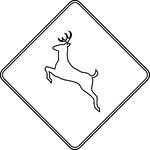
Deer Crossing, Outline
Nonvehicular signs may be used to alert road users in advance of locations where unexpected entries…
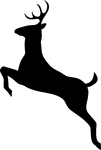
Deer Crossing, Silhouette
Nonvehicular signs may be used to alert road users in advance of locations where unexpected entries…
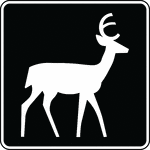
Deer Viewing Area, Black and White
This sign is used to indicates that it is likely that deer can be seen nearby.
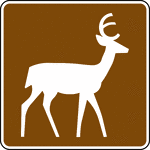
Deer Viewing Area, Color
This sign is used to indicates that it is likely that deer can be seen nearby.
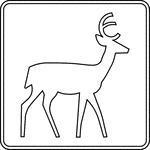
Deer Viewing Area, Outline
This sign is used to indicates that it is likely that deer can be seen nearby.
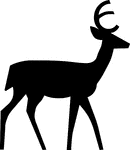
Deer Viewing Area, Silhouette
This sign is used to indicates that it is likely that deer can be seen nearby.
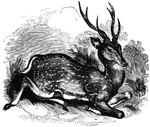
Axis Deer
"In size and general form it nearly resembles the common fallow-deer. The skin is at all times of a…
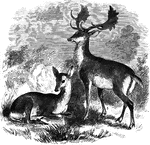
Common Deer
"Is a smaller, feebler, and more common place in its character than the red deer." — S. G. Goodrich,…
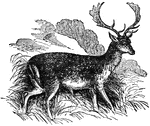
Fallow Deer
A species of deer well known in Britain, being very commonly kepts in parks, as it is also in most parts…
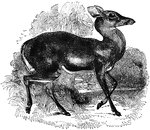
Female American Deer
"It is about the size of the European fallow-deer, and resmebles it in temper and character; the color…

Male American Deer
"It is about the size of the European fallow-deer, and resmebles it in temper and character; the color…
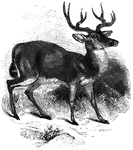
Mule Deer
"Is between the common deer and the American elk in size. Its horns are round and twice forked; the…
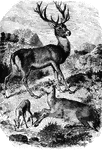
Red Deer
"The horns of the male are lofty and branching, the female being destitute of these ornaments. In the…
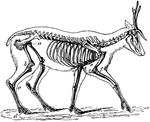
Skeleton of the Deer
"The bones in the extremities of this the fleetest of quadrupeds are inclined very obliquely towards…
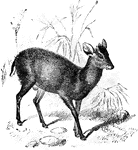
Tufted Deer
The Tufted Deer (Elaphodus cephalophus) is a mammal closely related to the muntjac in the Cervidae family…
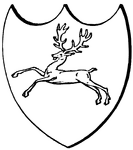
Hart at Speed on Heraldic Badge
Illustration of a heraldic badge decorated with a hart, running. The hart is a common symbol in heraldry.
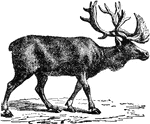
Reindeer
A species of mammals of the deer family, native to the northern regions of Eurasia. It has long been…

Reindeer
A species of deer found in the northern parts of Europe and Asia. It has branched, recurved, round antlers,…

Reindeer
The reindeer (Rangifer tarandus), also known as the caribou when wild in North America, is an Arctic…
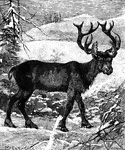
Reindeer
Also known as the caribou. It is part of the deer family, commonly found in the Artic and Subartic.

Stag
"Stag, or Red Deer, is a typical species of deer, occurring in the N. of Europe and Asia. It was once…

